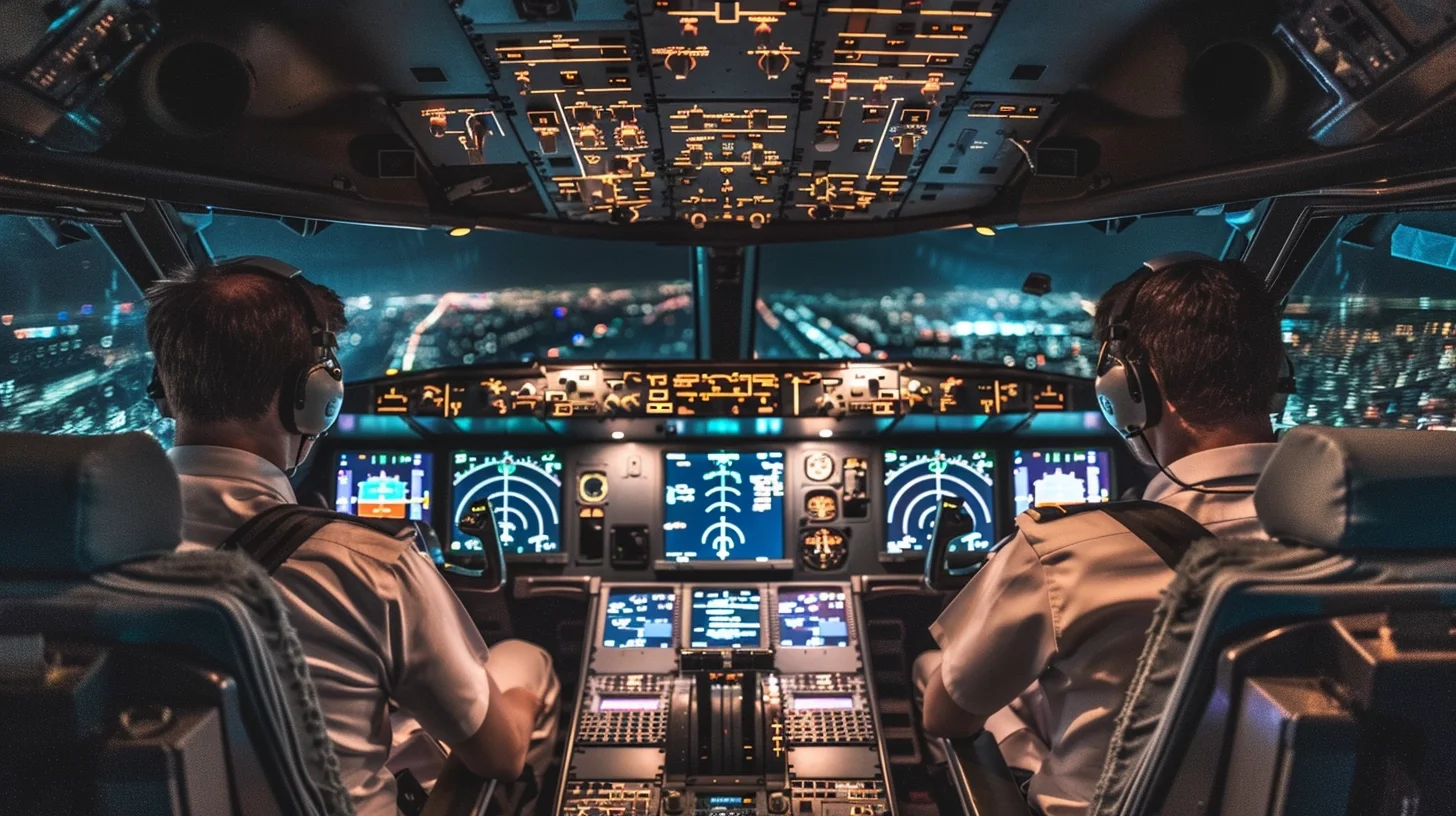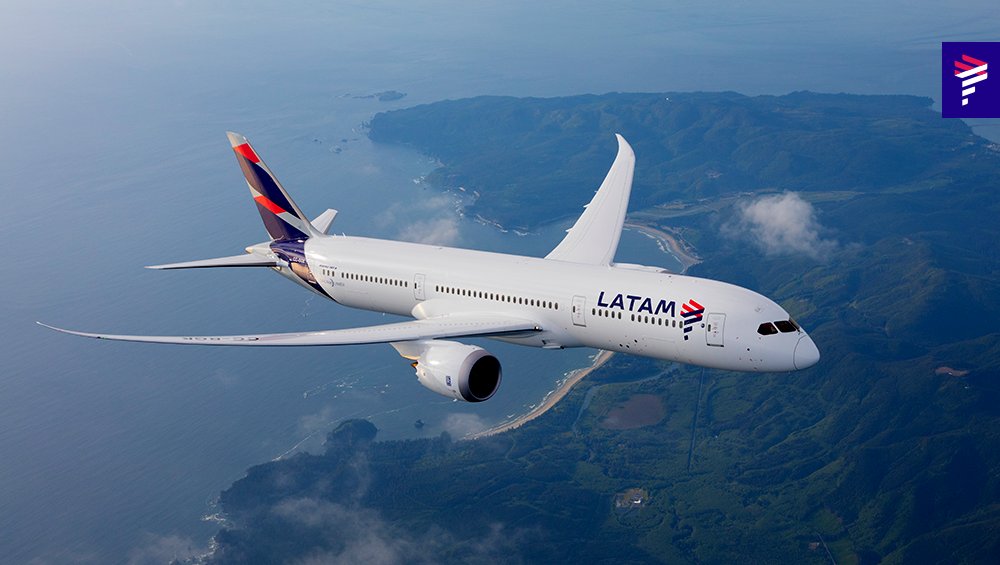
Fasten your seatbelt, the pilot is down.
On March 14, 2024, a Latam Boeing 787 suffered an abrupt loss of altitude that floated many passengers who were not wearing their seat belts and left 13 of them injured after hitting the ceiling of the aircraft.

According to reports, the cause may have been an incident in the cockpit that resulted in the pilot being pushed over the aircraft's controls.
In a world where safety is a top priority, the incident is surprising due to its unusual and almost simplistic nature. It's as if you were driving your car and the passenger behind you messed with the adjustment of your seat and pushed you onto the steering wheel of the car. It's hard to imagine that a situation like this, which seems more like a forced scene from a movie, could actually have happened in real life.
What remains positive in this tragicomic scenario is learning, which in the world of technology often ends up resulting in evolution, with solutions and procedures that make this type of thing impossible to happen. It's the famous “fool's proof”, with no room for error.
The Incident
According to The Wall Street Journal, authorities with access to preliminary evidence suggest that a flight attendant, while serving food to pilots, accidentally pressed a button on the pilot's seat. This button, which has a safety cover and should not be used when the seat is occupied, pushed the pilot over the controls, causing the plane to temporarily crash.
Latam, in response to the incident, stated that it was collaborating with the authorities in the investigation, but chose not to comment until its conclusion. Likewise, Boeing expressed that it is in contact with Latam and ready to offer support in the investigations.
The Search for Creative Solutions
This incident highlights the importance of creativity in problem solving within the aviation industry. From an unfortunate event comes opportunities to rethink and innovate in safety measures, cockpit design, and crew training.
Innovation in Cockpit Design
A possible creative response to the incident could involve redesigning seat controls in cockpits, perhaps integrating systems that prevent accidental activation of critical controls. This could include presence sensors or automatic locks that activate when the seat is occupied.
Safety Training and Procedures
Another area for creative innovation is in the training of flight attendants and pilots. Specific simulations that address unusual situations like this can be developed, better preparing teams to react effectively to any incident.